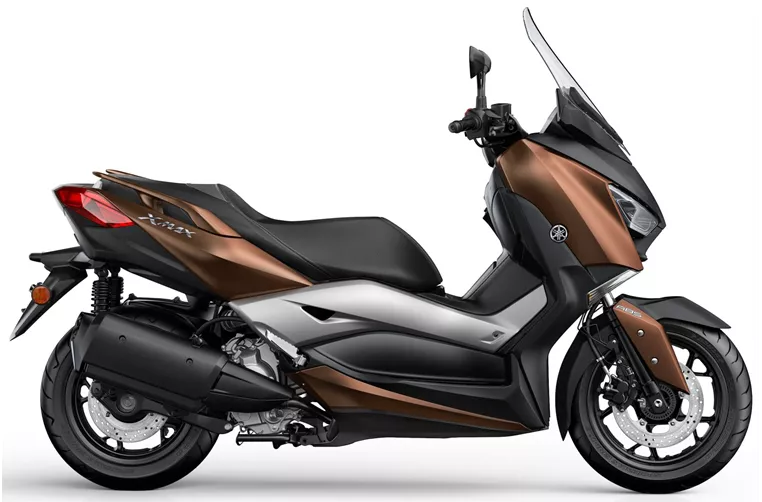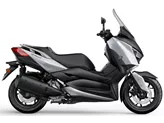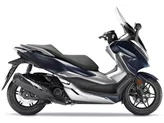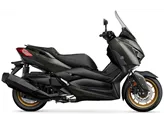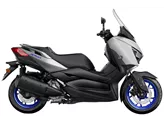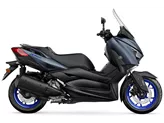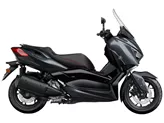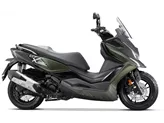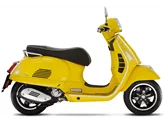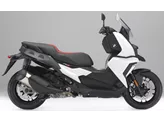Yamaha XMAX 300 2017 vs. Yamaha XMAX 400 2013
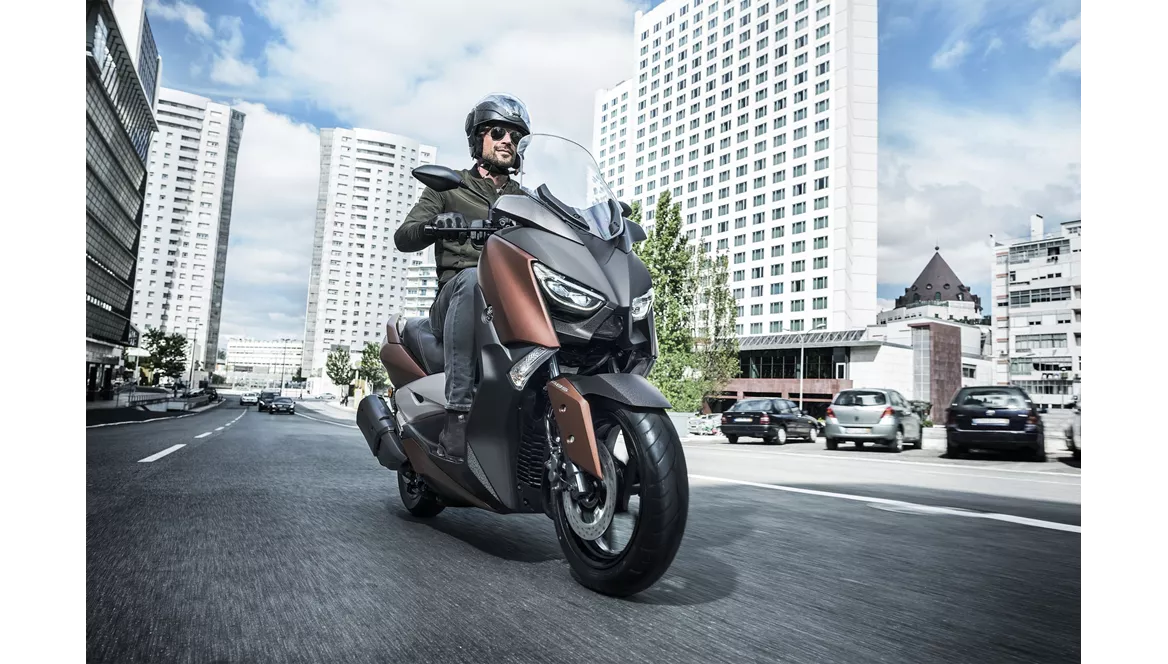
Yamaha XMAX 300 2017

Yamaha XMAX 400 2013
Vue d’ensemble - Yamaha XMAX 300 2017 vs Yamaha XMAX 400 2013
The Yamaha XMAX 300 2017 and the Yamaha XMAX 400 2013 are both popular scooter models from Yamaha. While they share some similarities in terms of engine power, transmission type, and suspension, there are also notable differences between the two.
In terms of engine power, the Yamaha XMAX 300 2017 has a slightly lower power output with 28 HP compared to the Yamaha XMAX 400 2013 which has 31.5 HP. However, the torque of the XMAX 300 is slightly higher at 29 Nm compared to the XMAX 400's 34 Nm. Both scooters have a single-cylinder, 4-stroke engine with liquid cooling.
Both models feature a centrifugal force clutch type and an automatic transmission, making them easy to ride and suitable for urban commuting. They also have similar suspension systems, with a telescopic fork at the front and a unit swing suspension at the rear, providing a comfortable and stable ride.
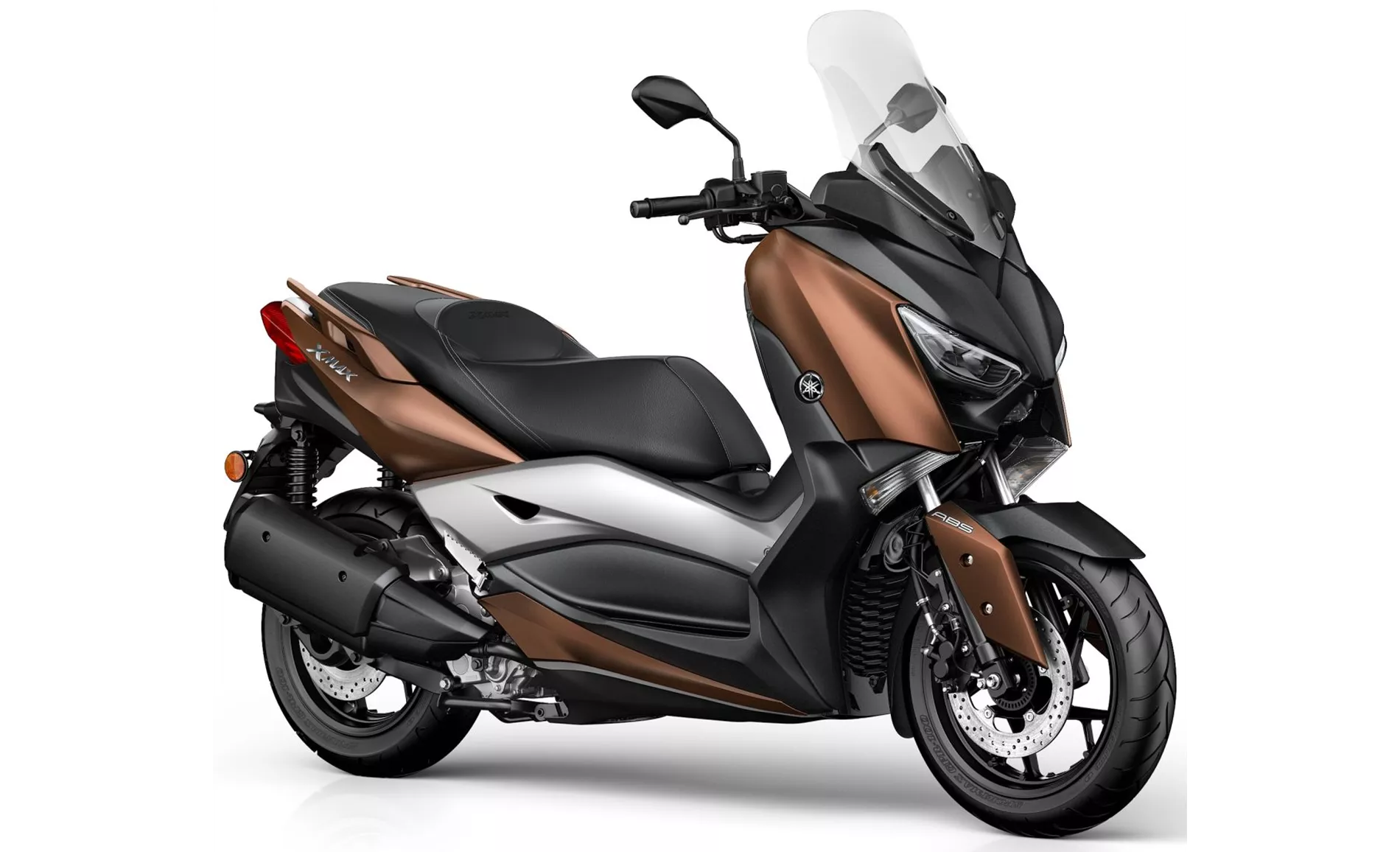
Yamaha XMAX 300 2017
When it comes to braking, the Yamaha XMAX 300 2017 has a single disk brake at the front and a disc brake at the rear, while the Yamaha XMAX 400 2013 has double disk brakes at the front and a disc brake at the rear. This gives the XMAX 400 better braking performance and control.
In terms of dimensions and weights, the Yamaha XMAX 300 2017 has a slightly smaller wheelbase of 1540 mm compared to the XMAX 400's 1565 mm. The seat height of the XMAX 300 is also slightly higher at 795 mm compared to the XMAX 400's 785 mm. The dry weight of the XMAX 300 is 179 kg with ABS, while the XMAX 400 weighs 211 kg with ABS. The XMAX 400 also has a larger fuel tank capacity of 14 liters compared to the XMAX 300's 13 liters.

Yamaha XMAX 400 2013
In terms of strengths, the Yamaha XMAX 300 2017 boasts a powerful Blue Core engine with smooth response, a great chassis, and a Smart-Key system. It also features traction control, 45 liters of storage space, LED lighting technology, and a high-quality finish. On the other hand, the Yamaha XMAX 400 2013 is known for its agile engine, wide range of accessories, high-quality level, and ABS.
However, both models have their weaknesses. The Yamaha XMAX 300 2017 has a soft brake, which may affect its braking performance. The Yamaha XMAX 400 2013, on the other hand, has undersized suspension elements, which may impact its overall ride quality.
In conclusion, while the Yamaha XMAX 300 2017 and the Yamaha XMAX 400 2013 share some similarities in terms of engine and transmission, they also have notable differences in terms of power, braking, dimensions, and weights. Both models have their strengths and weaknesses, and it ultimately depends on the rider's preferences and priorities when choosing between the two.
Caractéristiques techniques Yamaha XMAX 300 2017 par rapport à Yamaha XMAX 400 2013
Avantages et inconvénients en comparaison
Avantages et inconvénients en comparaison
Yamaha XMAX 300 2017
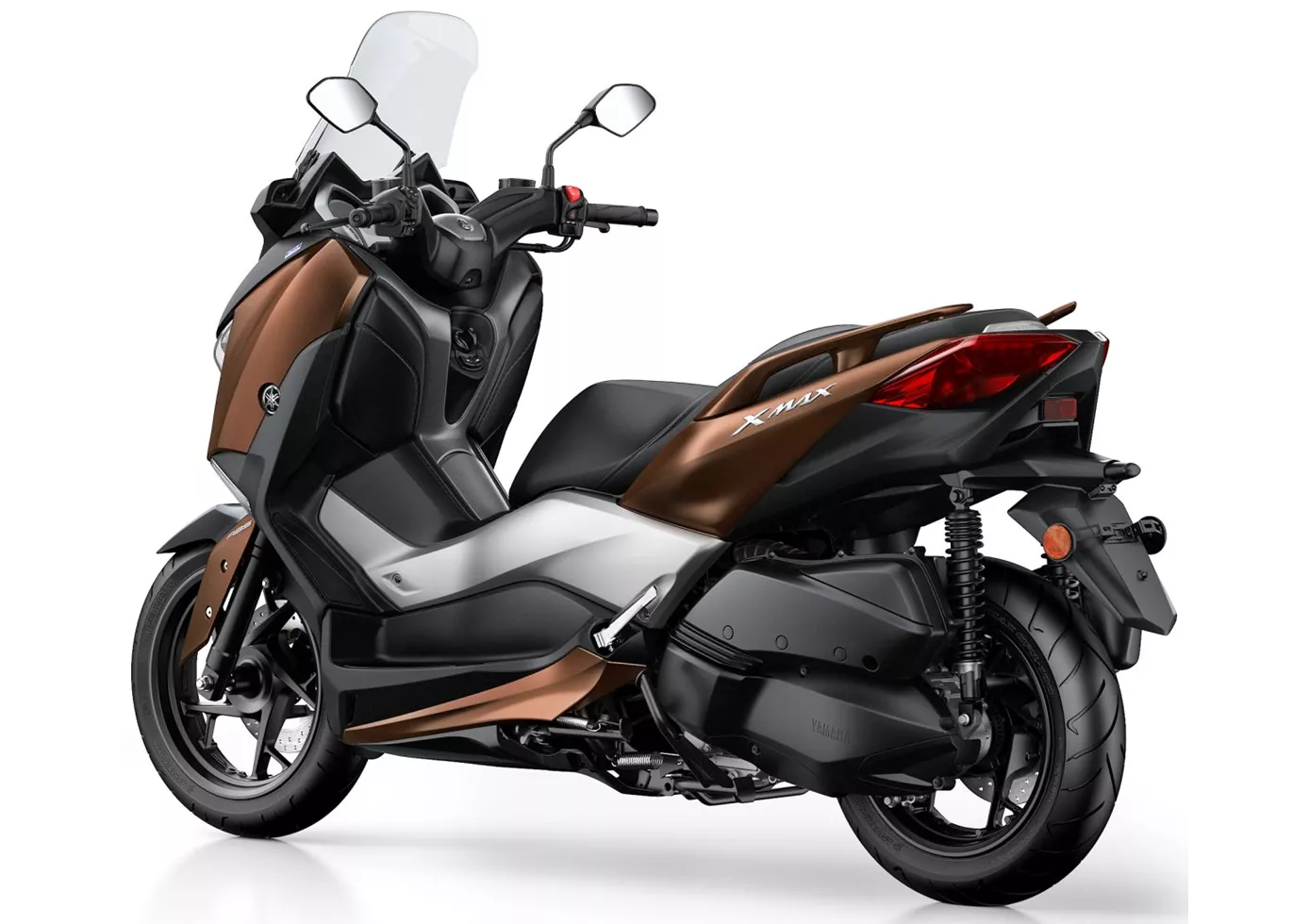
Souvent, les constructeurs veulent mettre sur pied de véritables véhicules polyvalents. Yamaha y est parvenu dans ce cas avec le X-MAX 300. Le moteur dispose de suffisamment de puissance et d'une réactivité très douce. Que ce soit en ville ou à la campagne, le X-MAX est très sûr et souple, ce qui se traduit par un grand plaisir de conduire. Grâce au système Smart-Key, au contrôle de traction et à un espace de rangement de 45 litres, le scooter est un compagnon parfait au quotidien. Seul le faible niveau de freinage empêche le X-MAX d'être le scooter parfait.
Yamaha XMAX 400 2013
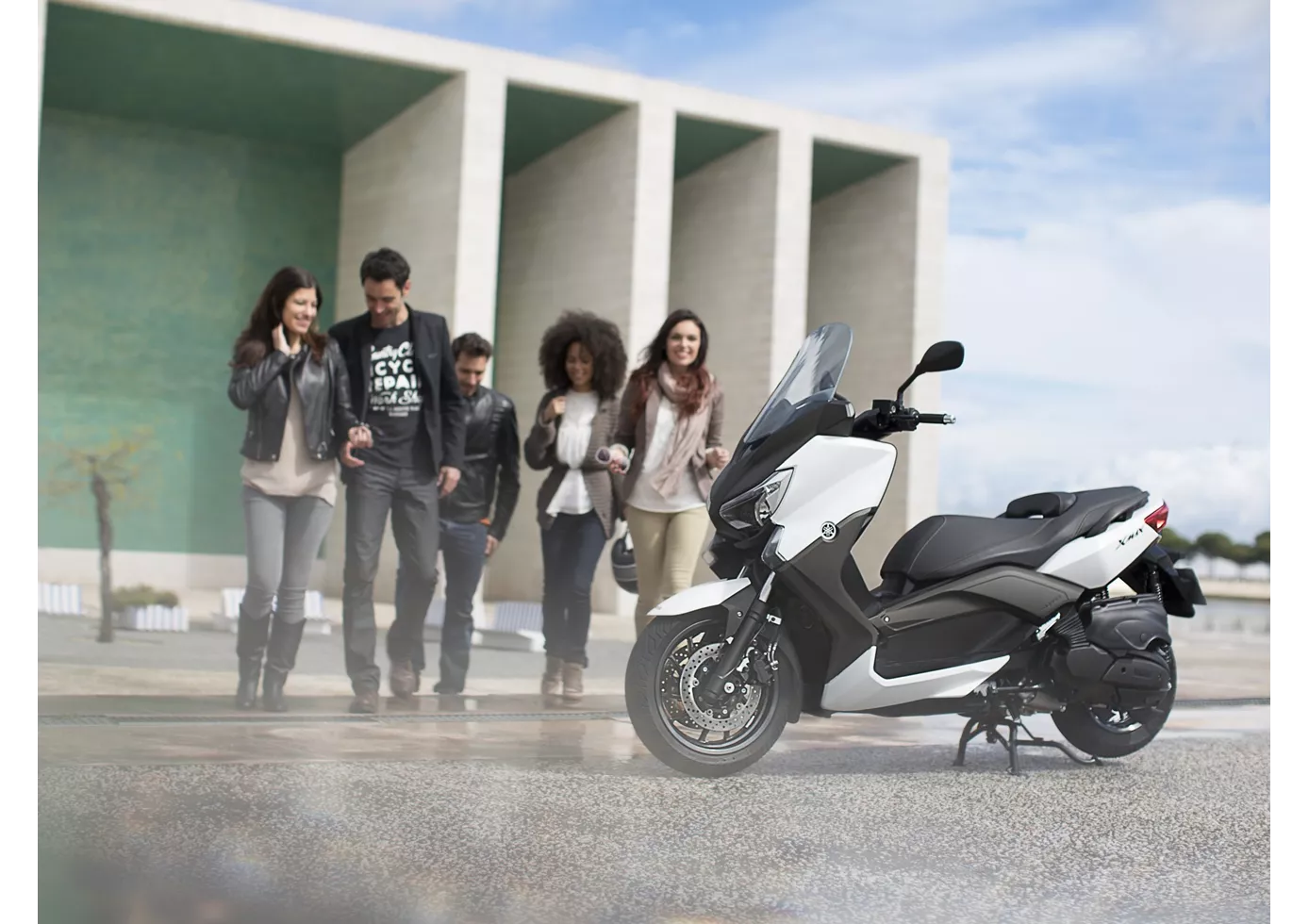
Si l'on veut absolument trouver le fameux "cheveu sur la soupe" du nouveau X-Max 400, c'est probablement au niveau de la suspension que l'on trouvera le plus de choses.
Comparaison des prix Prix moyen du marché Yamaha XMAX 300 vs Yamaha XMAX 400
There are a few key differences between a Yamaha XMAX 300 2017 and a Yamaha XMAX 400 2013. It takes less time to sell a Yamaha XMAX 400 with 38 days compared to 75 days for the Yamaha XMAX 300. Since model year 2017 1000PS.de editors have written 10 reviews for the Yamaha XMAX 300 and 8 reviews for the Yamaha XMAX 400 since model year 2013. The first review for the Yamaha XMAX 300 was published on 10/19/2016 and now has more than 34,700 views. This compares to more than 60,000 views for the first review on Yamaha XMAX 400 published on 5/21/2013.
